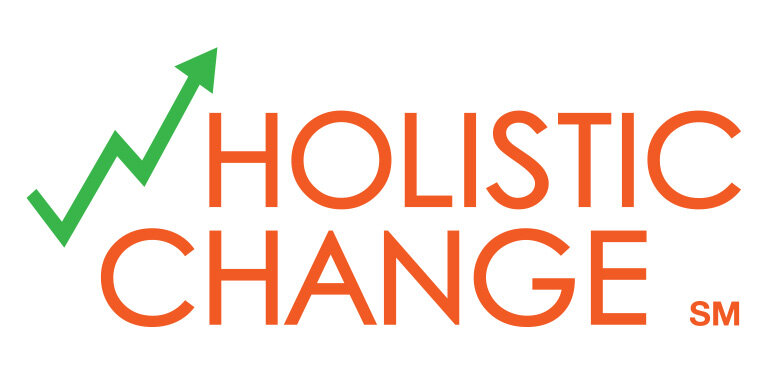I was heartened to read the American Society for Quality (ASQ) Quality Progress article, The Secret to Sustainment. The author, Russell Lindquist, candidly describes the state of his company in terms of not being able to sustain broad-based change:
At Fairbanks Morse Engine, sustaining any continuous improvement activity was of paramount importance because three previous attempts had netted few long-term improvements and actually had built significant resistance to change among the workforce—both in the office and on the shop floor.
In their 4th attempt to implement an operational change, the company finally got it right by directly addressing the reasons why the previous 3 change efforts had failed:
- Gross underestimation of the psychological needs of the workforce in order for new behaviors to be established.
- Misunderstanding of the tools and methods needed to sustain change.
- Lack of management follow-through, which can lead to a workforce that has survived many previous changes that weren’t sustained.
Mr. Lindquist then used the following techniques, which closely mirror our wHolistic ChangeSM approach, to ensure the improvements would be sustained through all levels of the organization:
Psychological needs for new behaviorsFor our transformation at Fairbanks Morse Engine to work, it was crucial that operations leadership—from supervisors up to the vice president—understood how culture change is achieved, as shown in Figure 1. To change the organization’s culture, we needed everyone’s behavior to change. We were looking for people to make better decisions on their own without guidance.But even when the reasons for change seem logical or are obvious, you must ensure new habits are fully practiced before people can be expected to start making better decisions on their own. This critical preliminary step is often overlooked in a high-speed implementation in which results are expected immediately. This first step is particularly important after a potentially disruptive change has hurt productivity.Tools and methods to sustain changeEven though much of the resistance to change might seem irrational, don’t be too quick to dismiss the resistance. After getting those directly affected by the change on board with the normal activities and efficiencies of the improvement, turn to managing through the first six to eight weeks to reach a new, stable operating norm.To pull this off, you need to use checklists, audits and group problem solving. That’s it. Not impressed? Well, these are the most powerful tools and methods leadership has to sustain changes, but few organizations seem to use them. Be careful that any of your own biases about these tools and methods do not hold you and your continuous improvement team back.Lack of management follow throughFew things kill the momentum of improvements faster than disinterest from management. It is a powerful signal to the members of the workforce that changes are not important and their voices do not matter.I have also encountered many "change survivors." These are the people who have seen previous flavor-of-the-month initiatives come and go. More often than not, they either saw a change forced by management that did not work for them, or they had a change they were passionate about that wasn’t sustained by management. These survivors tend to be vocal and therefore can influence others to resist change.Make no mistake, continuous improvement starts with and is led by leadership. It is a top-down, strategic initiative executed by leaders. In fact, it is important to note the subtle difference between a manager who is installed to maintain the status quo and a leader who is installed to orchestrate the activities and behaviors of others to accomplish a change.


